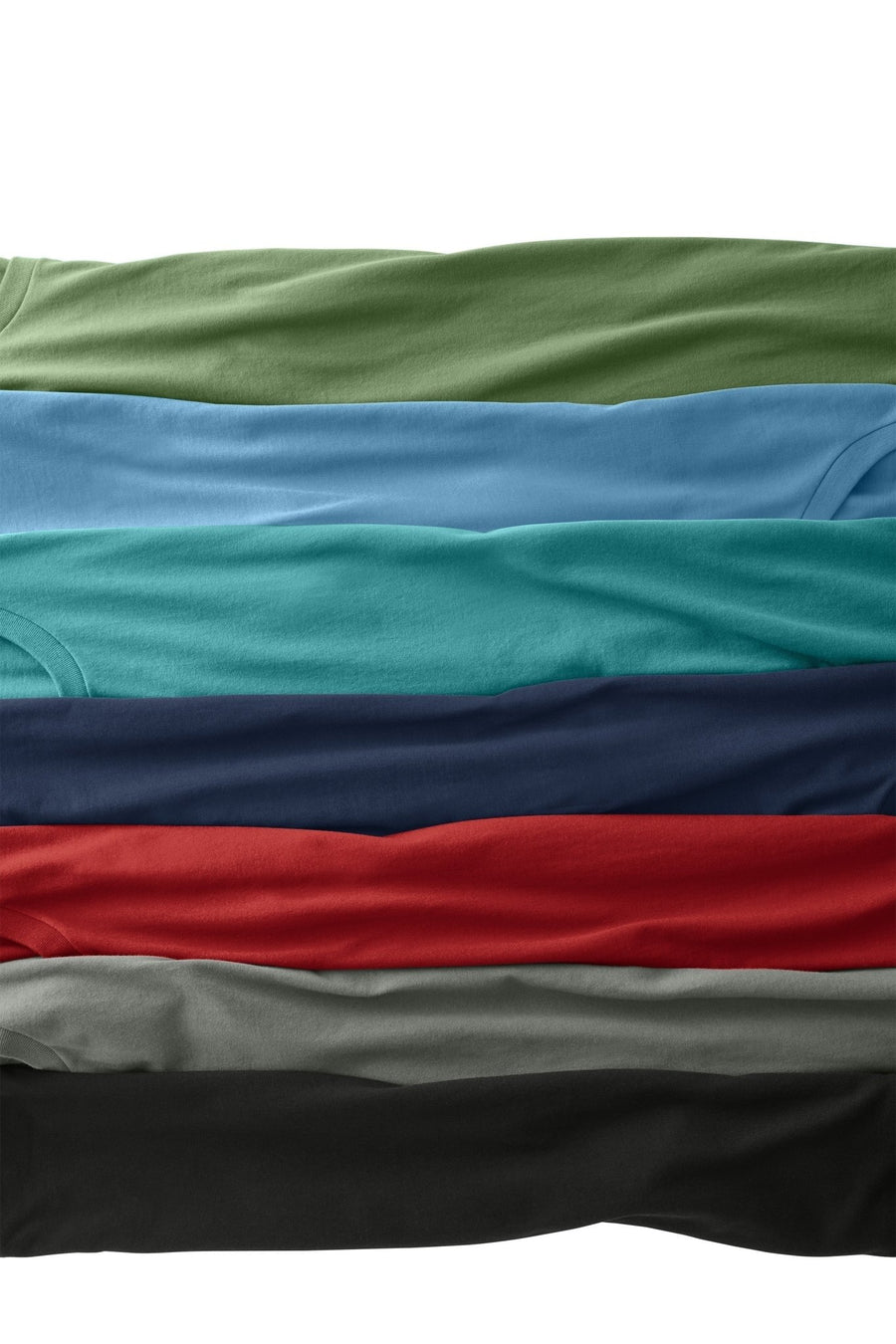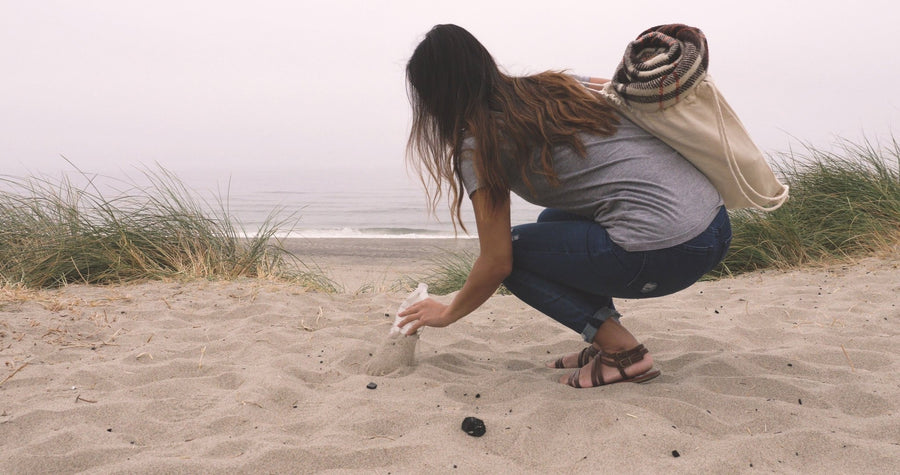A Screen Printing Class: In The Darkroom
In our latest video series, Erin Moore, co-owner and screen-print expert, from Barrel Maker Printing (and one of Allmade's founders) is breaking down step by step how to screen print on the canvas of your choice.
In Part II of our series, Erin talks about hanging out in the dark room and getting your screens ready for action. Enjoy!

Part I: Prepping The Screen (00:24)
Take your films that you just printed out and use them to expose the images onto a screen. Remember that each screen is one color of your design.
Erin uses a 180 mesh screen, which is a good, middle of the road mesh to start with. Mesh count refers to the size of the mesh. The lower the number the wider the mesh, or the holes of the screen.

Part 2: Coating the Screen (01:26)
You'll need a scoop coater, which is a tool to get the emulsion onto the screen evenly. Give the emulsion a good stir then you can pour it into your scoop coater. You want a very uniformed, even layer of emulsion, so pour enough to cover a couple of screens.
Your scoop coater has two sides to it, a sharp side and a rounded side. Use the sharper side for higher mesh counts, which is what Erin is using for this example.
You're going to want to start on the shirt side or the back side of the screen for your first layer of emulsion. Start at the bottom, create a seal, let some emulsion fall out a little bit, tilt it back a bit and drag it up the screen. Stop about an inch from the top, tilt the screen away from the scoop coater and let the emulsion fall back into the scoop. The last coat should always be on the inside of your screen.

Part 3: Dry the Screen (05:19)
After you coat your screen with your emulsion, you want to dry your screen. You want to turn the screen over so the emulsion will dry/rest on the shirt side of the screen.

Part 4: Setting Up Your Film (05:38)
Let's head to the darkroom! You have your film and a coated screen. Place the film right in the middle of the screen. Place your registration mark in the center, and line up the bottom and the top of the film. Erin likes to double check to make sure everything is lined up! Once you get it aligned, tape it right to the screen!

Part 5: Exposing the Screen (06:59)
Once it's taped, set it right onto your exposure unit. Erin is using a light box with a vacuum top.

Part 6: Washing the Screen (08:00)
After the screen has been exposed, take your film off and head to the wash out booth. Get both sides of the screen wet, and just like magic, you will see your design! Before you leave the darkroom, give the screen a good inspection to make sure you haven't lost any detail, as well as making sure all of the emulsion has been washed out of the mesh.

Part 7: Drying out the Screen (09:18)
After you rinse out your stencil, place it on a drying rack. Dry them with the frame side down, so no water sits in the frame. Once they're dry, you're ready to take your screens out to the press to get printing!
Tune in next week, where Erin shows us how to screenprint! Subscribe to our youtube channel HERE.





